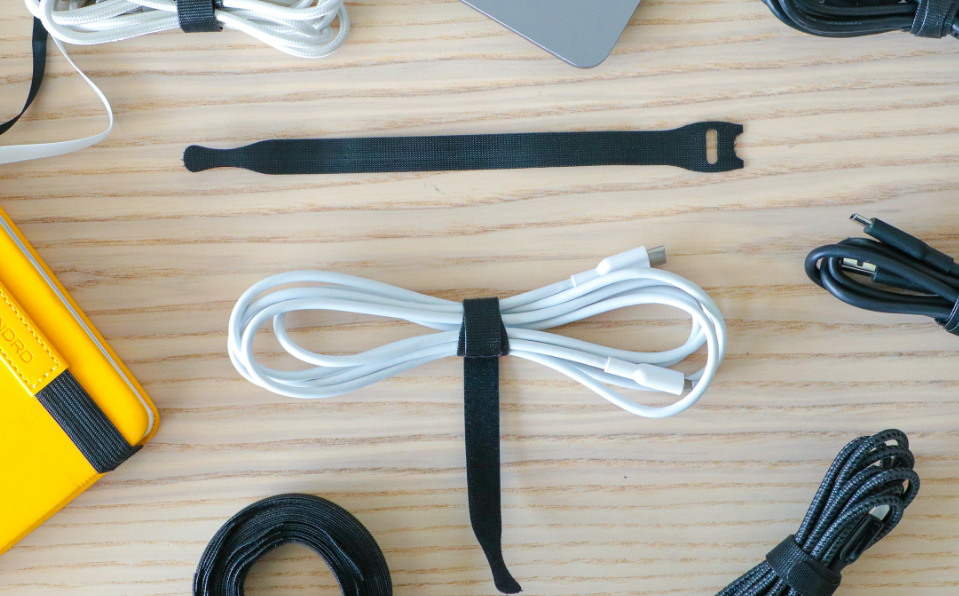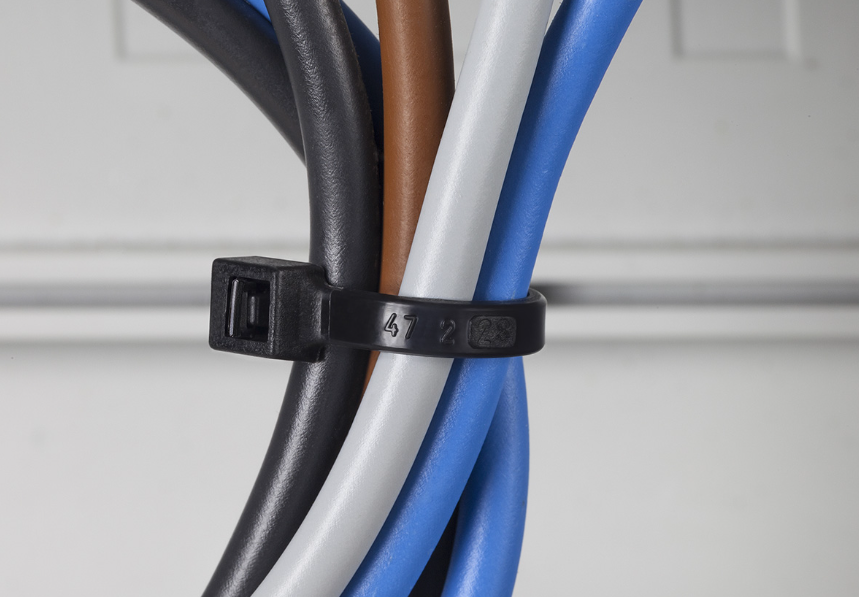Cable ties, also known as zip ties or wire ties, are versatile fastening tools used to secure and organize cables in various applications. With their simple yet effective design, they offer a convenient and efficient solution for managing cables. In this ultimate guide, we will explore the factors to consider when choosing the right cable tie for your needs.
1. Material and Strength
They are commonly made of nylon, which provides durability, strength, and resistance to heat, chemicals, and UV exposure. For general-purpose applications, standard nylon cable ties are often sufficient. However, for more demanding environments or heavier cable bundles, consider heavy-duty nylon cable ties or those reinforced with stainless steel for added strength.
2. Length and Width
When selecting a cable tie, consider the diameter or circumference of the cables you need to secure. Choose a length that allows for easy installation and provides adequate grip and tension when tightened. It’s also important to ensure the width of the cable tie can properly accommodate the cable bundle without causing damage or excessive pressure.
3. Tensile Strength and Load Capacity
Consider the load capacity and weight of the cable bundle you intend to secure. Choose a cable tie with a sufficient tensile strength rating to handle the anticipated load. It’s advisable to opt for cable ties with higher tensile strength than what is strictly required to provide an extra margin of safety.

4. Temperature and Environment
Some applications require them that can withstand extreme temperatures or harsh conditions. For instance, if the cables will be exposed to high heat, chemicals, or outdoor elements, choose cable ties with suitable temperature and environmental ratings.
5. Mounting Options
Some ties come with built-in mounting holes or adhesive surfaces to facilitate secure fastening to surfaces, walls, or panels. These mounting options provide additional stability and organization for cables, particularly in applications where neat and secure cable routing is necessary.
6. Importance of Cable Glands
Cable glands provide a sealing and strain relief mechanism where cables enter or exit electrical enclosures, panels, or equipment. They protect cables from environmental factors such as dust, moisture, or vibrations, ensuring the integrity and longevity of the cable installation.
Conclusion
In conclusion, choosing the right cable ties involves considering factors such as material, strength, length, width, load capacity, temperature suitability, and mounting options. By selecting the appropriate cable tie for your specific needs, you can effectively secure and organize cables in a variety of applications. Complementing ties with cable glands enhances cable management practices and promotes the overall reliability and safety of your electrical installations.

